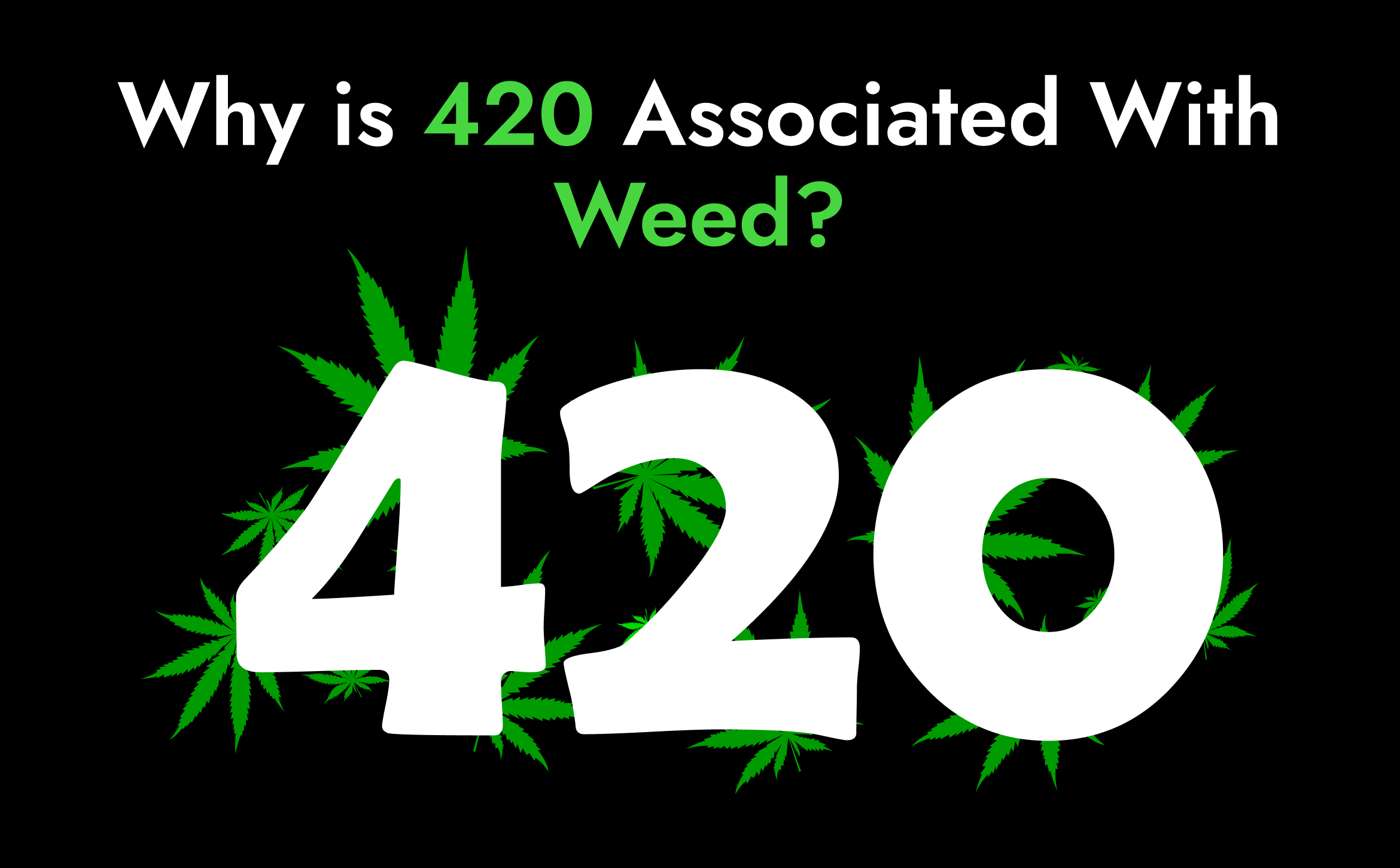From being called “The devil’s lettuce” to “Sacred/ God Plant”, the history of cannabis is quite fascinating.
Known to be one of the oldest plants, the origin of weed can be traced back to as early as 12,000 BCE. As far as the scriptures say, weed/ hemp has always been associated with ancient civilizations since time immemorial for reasons such as rituals, healing, fueling, manufacturing, and so on.
It wasn’t until the 1950s that the wide-scale banning and restrictions of marijuana took place in the aftermath of World War II which continues to this day. Although many countries are now allowing its consumption for recreational and medicinal purposes as of late.
Despite everything, the word “cannabis or marijuana” is associated with several tales and legends of otherworldly proportions that keep on intriguing and inspiring us and our art, artists, and pop culture alike.
One such story that’s rather epic is the tale of a group of friends who glorified weed to such an extent that it earned us an International Weed Day on the 20th of April, and hence the term 420!
Table of Contents
Toggle420 Specials Near You in California
- ADD TO CART -67% Offpre-roll | THC: 30.02 %
Game Time - Sour Peach - Non Infused - 1 Gram Pre-Roll
$6$10
- ADD TO CART -67% Offpre-roll | THC: 29.75 %
Game Time - Granimals - Non Infused - 1 Gram Pre-Roll
$6$10
- ADD TO CART -67% Offpre-roll | THC: 28.97 %
Game Time - Sunset Gelato - Non Infused - 1 Gram Pre-Roll
$6$10
- ADD TO CART -67% Offpre-roll | THC: 28.11 %
Game Time - Tropical Pineapple - Non Infused - 1 Gram Pre-Roll
$6$10
- ADD TO CART -67% Offpre-roll | THC: 31.11 %
Game Time - Punch Out - Non Infused - 1 Gram Pre-Roll
$6$10
- ADD TO CART -67% Offpre-roll | THC: 30.21 %
Game Time - Cotton K - Non Infused - 1 Gram Pre-Roll
$6$10
 ADD TO CART 4% Offflower | THC: 26.89 %
ADD TO CART 4% Offflower | THC: 26.89 %Top Shelf Cultivation - L.B.C. Cooler - 3.5 Grams
$50$48
 ADD TO CART 26% Offpre-roll | THC: 37.7 %
ADD TO CART 26% Offpre-roll | THC: 37.7 %Khalifa Kush - Point Breeze - 1.5 Gram - Infused Pre-roll
$27$20
 ADD TO CART 32% Offpre-roll | THC: 52.3 %
ADD TO CART 32% Offpre-roll | THC: 52.3 %Heavy Hitters - Sunset Smoke - Diamond Infused - 0.5g Gram
$22$15
 ADD TO CART 43% Offflower | THC: 22.08 %
ADD TO CART 43% Offflower | THC: 22.08 %Aj's - Don P - 3.5 Grams
$35$20
What is the Origin of 420
While there are several myths surrounding the mystery of 420, especially in the cannabis culture, one theory stands out in particular.
The story, which took place in the early 1970s in the State of California, involves a group of five friends, the then students of the San Rafael High School, in Marin County.
The band used to meet up every day by the school campus exactly at 4:20 in the evening to smoke marijuana as the sports and extra-curricular activities used to be over by then.
The group, which included Steve Capper, Dave Reddix, Jeffrey Noel, Larry Schwartz, and Mark Gravich, called themselves “Waldos” as they met near a wall.
As a call for marijuana, they would utter the time 4:20 instead, which eventually became a code for marijuana.
After a while, Dave Reddix, one of the members of Waldos, got the opportunity to work as a roadie for Phil Lesh, the bassist of none other than “The Grateful Dead.”
According to his interview with Time Magazine back in 2017, Dave asserts that if it weren’t for the band, the term 420 would never have been popularized to what it is now.
Another event that played a major role in spreading the word to the public was when during a show in December 1990, a group of deadheads started handing out flyers to people inviting them to smoke “420” at 4:20 P.M. on April 20.
Lo and behold, one of the recipients of the flier was Steve Bloom, a former reporter for the High Times Magazine and a strong supporter of cannabis culture.
Within a year in 1991, thanks to Mr Bloom’s authority, the famous cannabis publication house printed that flier in the magazine and kept on doing it on several occasions with special references to the number until it was recognized as the global code for marijuana.
Finally, in 1998, the High Times also acknowledged “Waldos” as the true inventors of the number 420 in the context of marijuana.
In addition, Bloom, the publisher of CelebStoner, also credited the people who created the flyers in the first place and showcased the significance of the date as an annual celebration and consumption of weed.
And that’s how April 20 became the international cannabis day for pot smokers as well as non-smokers.
Why is 420 Weed Day
April 20 is the day when cannabis lovers, enthusiasts, and supporters around the world can gather in public places and smoke marijuana at exactly 4:20 P.M. as a way to celebrate the sacred plant.
As a global movement, it typically involves events such as demonstrations and protests against governments as a much-needed push for the complete liberalization and legalization of cannabis.
On a lighter note, 420 has evolved into a multifaceted legend with many rumours behind its origins and supposed meanings.
420: The Rabbit Hole
- A code among cops to suggest that someone is smoking pot.
- The song “Rainy Day Women #12 & 35” by Bob Dylan, which is sometimes claimed to be its origin due to the hidden meaning in the lyrics.
And the best one- there are 420 active chemical compounds found in cannabis, more or less (which may be true).


